Different flours to control the texture
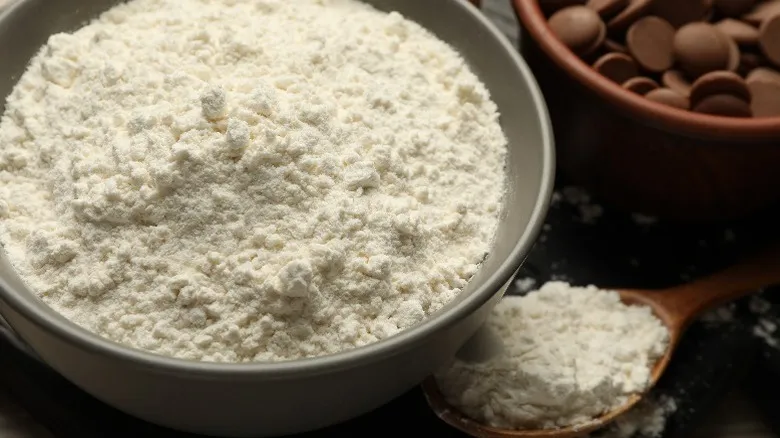
Let’s explore the significance of flour in baking, particularly its protein content. A higher protein level in your recipe contributes to a more stable structure in the final baked product. For instance, bread flour, which contains 12% to 14% protein, results in a chewier texture, whereas cake flour, with a lower protein content of 7% to 9%, creates a softer and fluffier outcome.
While you can certainly use all-purpose flour (which has a protein content of 9% to 11%), mixing cake and bread flour allows you to achieve the ideal protein balance for cookies, enhancing both softness and chewiness. If your initial batch turns out too chewy or dry, incorporating more cake flour in your next attempt can increase tenderness and improve the absorption of both fat- and water-based liquids. Additionally, cake flour aids in evenly distributing fat-based ingredients throughout your dough. On the other hand, the higher protein content of bread flour can introduce the desired chewiness if that’s what you’re missing.
Cake flour absorbs higher-fat butter for better texture
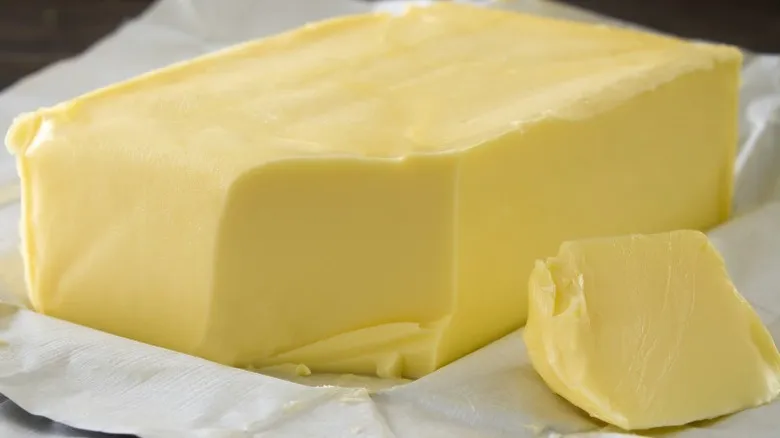
Thanks to the excellent fat absorbency of cake flour, you can create a cookie dough that is richer and more flavorful by using a high-fat-content butter as a base. This European-style butter, while only about 2% higher in fat, makes a significant impact. It offers a creamier, more indulgent texture and may even be lightly fermented, or cultured, which adds depth and a delightful tang.
Kerrygold Irish butter is a popular option in the U.S. and can be found in grocery stores across the country or on Amazon. Additionally, there are American-made European-style butters available, such as Vermont Creamery's unsalted cultured butter, which is also sold on Amazon.
Although it tends to be pricier than regular American butter, the investment is worthwhile. The rich, flavorful fat provides an ideal foundation for the delicious, melty chocolate chunks that are essential to any chocolate chip cookie.
Bread flour provides structure the chocolate chips can't
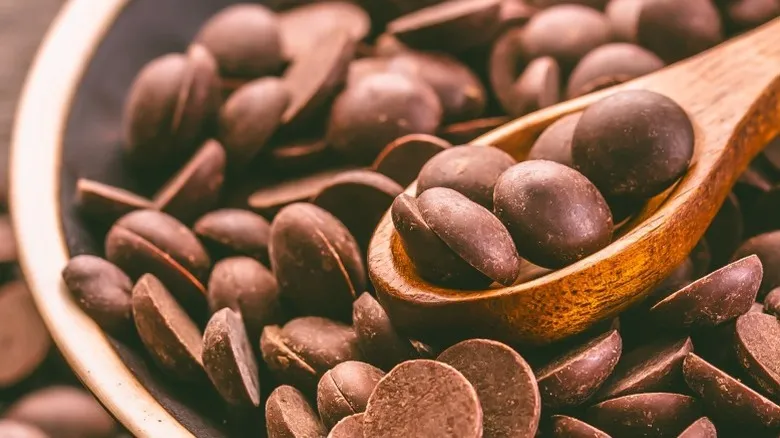
Torres recommends using thin, premium chocolate discs with a 60% cacao content, akin to the Belcolade Belgian dark chocolate wafers or Jacques Pepin's 60% cacao discs available on Amazon. When baked, these discs create layers of chocolate that beautifully complement the cookie's chewy, rippled texture.
However, the chewy texture isn't the sole advantage of using bread flour. Since these discs lack the stabilizers typically found in high-quality chocolate chips, the higher protein content—along with Torres' suggestion to incorporate stray chips into the dough—helps maintain the stability of the cookie dough. Additionally, those chips are essential due to the decadently rich butter, which imparts a delightful burst of pure chocolate flavor without being excessively bitter.
Both flours hydrate for intense flavor

Refrigerating cookie dough isn't exactly a novel suggestion. Many bakers advocate for letting the dough rest in the fridge for at least an hour before baking. However, Torres specifically advises chilling the dough for approximately 36 to 72 hours to achieve superior cookies.
Allowing the dough to chill for about 24 hours enables the flour to hydrate and mature, fully soaking up the moisture and flavors from the wet ingredients. The sugar also absorbs liquid, and the longer the dough rests, the less free moisture remains in your cookies. Ultimately, a drier dough results in a more concentrated flavor and enhances browning, which is further elevated when you finish them off with a sprinkle of sea salt for that perfect touch.
Recommended
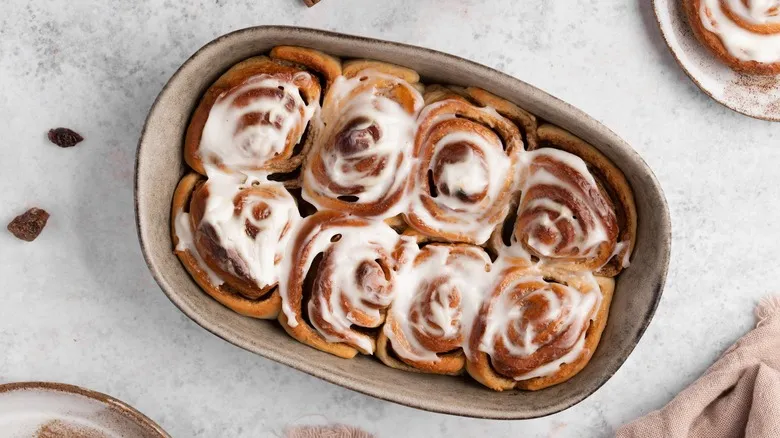
Frozen Bread Dough Is Your Shortcut To Homemade Cinnamon Rolls

Gordon Ramsay's Pro-Tip For Baking A Light And Airy Sponge Cake
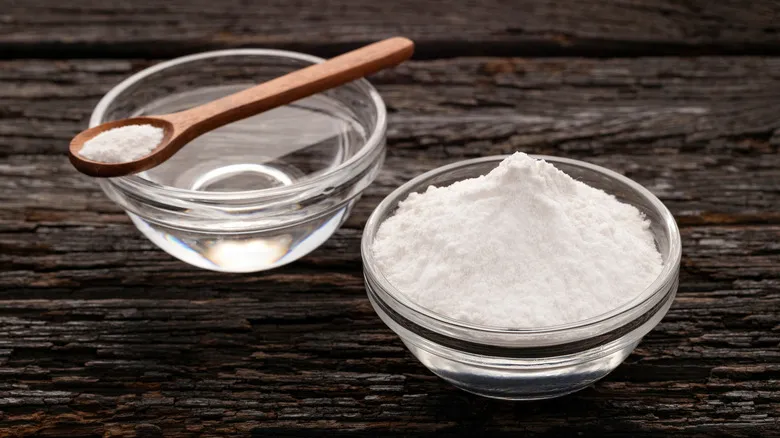
What Does Baking Soda Actually Do For Baked Goods?
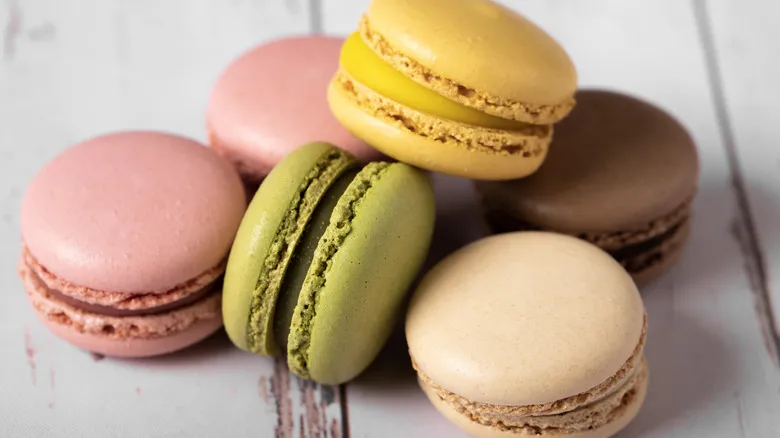
The Worst Mistake You Can Make When Aiming For Perfect Macaron Feet
Next up

